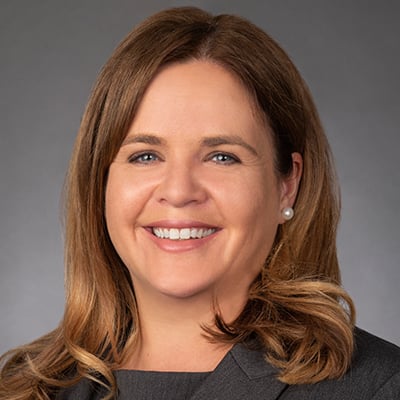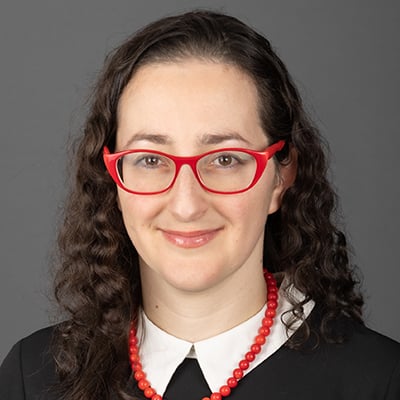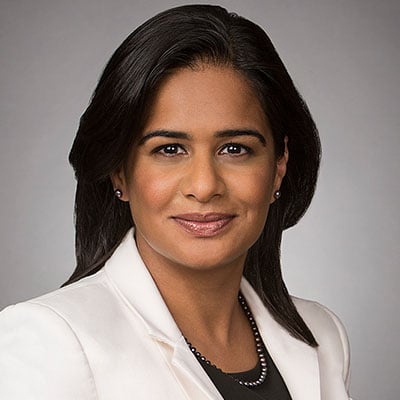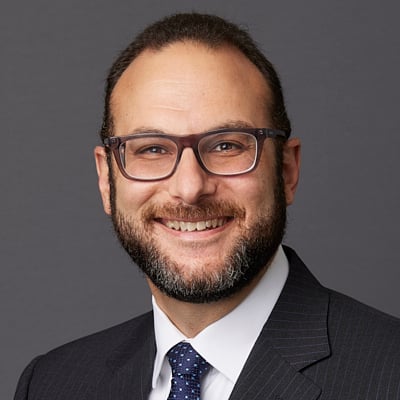SEC Adopts Significant Amendments to Private Fund Adviser Reporting on Form PF
On May 3, 2023, the SEC voted to adopt significant amendments to Form PF on a 3-2 vote.1 Form PF requires SEC-registered investment advisers to file reports with the SEC regarding private funds managed by such advisers and allows the Financial Stability Oversight Council to assess systemic financial risk to the U.S. financial system. Currently, reports on Form PF for private equity fund advisers (usually including real estate and private credit within this category) are filed annually.2 Unlike many other SEC filings, Form PF filings are not public.
The new SEC Form PF requirements include:
- new quarterly event-based reporting for certain significant events involving all private equity fund advisers; and
- new categories of information for “large private equity fund advisers” (advisers that manage over $2 billion in private equity fund AUM) on fund strategies, fund-level borrowings and fund general partner (“GP”) and limited partner (“LP”) clawbacks, as well as certain expanded information for existing categories.
For the new event-based reporting requirements, the effective/compliance date is six months after the date of publication in the Federal Register. For the amendments to the existing sections of Form PF, the effective/compliance date is one year after the date of publication in the Federal Register (meaning such amendments will not impact the annual Form PF filings for advisers with a December fiscal year end until Form PF filings due in 2025).
New Event-Based Reporting Requirements
The amendments will require all private equity fund advisers, upon the occurrence of certain triggering events, to file a new event report within 60 days of the applicable fiscal quarter end. The applicable triggering events include:
- adviser-led secondary transactions: reporting would be required upon the closing of any transaction initiated by the adviser or its related persons3 that offered investors a choice to either sell interests in the private fund or convert or exchange interests in the fund for interests in another vehicle advised by the adviser or its related persons.4 Reporting must include the adviser-led secondary transaction closing date and a brief description of the transaction; and
- removal of a fund’s GP, termination of a fund’s investment period or termination of a fund: reporting will be required if investors take formal action to remove the adviser as GP, elect to terminate the fund’s investment period or elect to terminate the fund. Reporting must include the effective date and a description of the removal or termination event.
Additional Information Required Annually in Form PF for Large Private Equity Fund Advisers
GP/LP Clawback Reporting
In addition, large private equity fund advisers with at least $2 billion of AUM will be required to report on an annual basis information about GP and LP clawbacks.5 Advisers will need to identify the effective date of the clawback and give a brief description of the reason for the clawback. The rule defines (1) a GP clawback as an obligation of the GP or its related persons to return performance-based compensation to a fund, as required by the fund’s governing documents6 and (2) an LP clawback as an obligation of a fund’s investors to return a distribution made by the fund to satisfy a liability, obligation or expense of the fund, as required by the fund’s governing documents, that is in excess of 10% of a fund’s aggregate capital commitments.7
Other Information
The amendments also add other new questions to Form PF to collect information from large private equity fund advisers, which will require such advisers to report:
- each fund’s investment strategy by percentage of deployed capital; and
- fund-level borrowings, including:
- the value of the fund’s borrowings and types of creditors (e.g., U.S. financial institutions, non-U.S. financial institutions, U.S. non-financial institutions and non-U.S. non-financial institutions); and
- borrowings made by the fund as an alternative or complement to financing of portfolio companies, and the dollar values of the types of such borrowings (e.g., based on the type of collateral).
In addition, the amendments expand three existing Form PF questions required for large private equity fund advisers, including:
- expanded detail on events of default, including the type of default (e.g., payment default by a fund or its controlled portfolio company, or failure to uphold terms of a borrowing agreement unrelated to non-payment);
- identifying the institutions providing bridge financing to controlled portfolio companies; and
- identifying each fund’s greatest country exposures based on a percentage of net asset value (which reflects a change from reporting based on a static group of regions and countries).
The SEC believes these questions provide information that is important to the protection of investors and the assessment of systemic risk.8
Please contact the Golden Flag regulatory attorneys with whom you regularly work if you have questions regarding these amendments.
1. The proposed amendments to Form PF were made in two separate releases that were published in January and August of 2022, and the adopting release published May 3, 2023 tracks the first set of the proposals. The SEC did not indicate when the second set of proposals will be adopted. The second set of the proposed rules primarily impacts hedge fund advisers, but would also require all private fund advisers to report separately on private funds in master-feeder and parallel structures that today can be reported on an aggregated basis. ↩
2. Reports on Form PF for “large hedge fund advisers” (advisers that manage over $1.5 billion in hedge fund AUM) are filed quarterly. The amendments also have significant implications for hedge fund advisers. ↩
3. Transactions “initiated by the adviser or its related persons” do not include transactions where the adviser or its related persons, at the unsolicited request of an investor, participate in the secondary sale of an investor’s fund interest. ↩
4. Adviser-led secondary transactions do not include transactions where investors do not receive an option to sell their interests, e.g., they do not include pure cross-fund transactions where one fund managed by an adviser sells interests in an investment to another fund managed by the adviser. ↩
5. This reporting requirement was initially proposed to be an event-based reporting requirement along with adviser-led secondaries and terminations by all private equity fund advisers. ↩
6. GP clawback reporting is triggered at the time the GP becomes obligated to return the excess of the amount it was ultimately entitled to receive under the fund’s governing documents, regardless of when such compensation is actually returned, which typically is upon the final liquidation of the fund, but, depending on the governing documents, may be required on an interim basis. ↩
7. LP clawback reporting is triggered the first year and each subsequent year the first LP clawback and subsequent LP clawbacks, in aggregate, exceed the 10% threshold. ↩
8. The SEC decided not to adopt proposed amendments that would have required large private equity fund advisers to report various portfolio company-related information. ↩




















